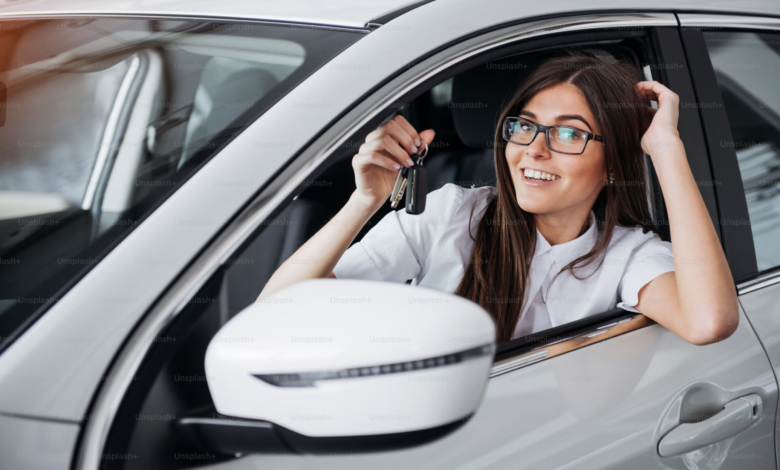Introduction to Self-Driving Cars on the Market

As technology advances, the allure of self-driving cars continues to grow. These vehicles promise not only to revolutionize the way we commute but also to enhance road safety and increase efficiency in our daily lives. The market today offers a variety of self-driving cars, each boasting unique features and capabilities.
Tesla’s Autopilot
Tesla, a pioneer in electric vehicles, also leads in the self-driving segment with its advanced Autopilot system. Tesla’s suite of driver-assistance features includes adaptive cruise control, lane-keeping assist, and traffic-aware cruise control. The more advanced Full Self-Driving (FSD) capability, which is an optional upgrade, offers navigational autonomy from highway on-ramp to off-ramp, automatic lane changes, and the summon feature, where the car can come to you in a parking lot. Tesla continues to push the boundaries with over-the-air updates that improve the system’s functionality over time, making its models like the Model S, Model 3, Model X, and Model Y some of the most sophisticated self-driving vehicles on the market.
Kia Drive Wise
Kia is a popular choice for many car buyers, and they no longer have to fear missing out if they find a new Kia for sale. Kia, known for its value-packed and reliable vehicles, has also embraced self-driving technology with its Drive Wise system. Available on models like the Kia Telluride and the upcoming EV6, Drive Wise includes features such as Highway Driving Assist, which adjusts speed to maintain a safe distance from the car ahead and can execute lane changes with minimal driver input. Additionally, the system incorporates navigation-based adaptive cruise control and lane following assist, making Kia an accessible option for those interested in semi-autonomous technology without the luxury vehicle price tag.
Ford BlueCruise
Ford has entered the self-driving car arena with its BlueCruise technology, which allows hands-free driving on over 100,000 miles of pre-mapped highways in the United States and Canada. Available on models like the Ford F-150 and the Mustang Mach-E, BlueCruise uses a combination of cameras, radar, and GPS data to operate the vehicle within its lane, adjust speed based on traffic flow, and execute driver commands with little to no driver intervention. Ford’s system emphasizes safety with a driver-facing camera to ensure attention remains on the road, even when hands are off the wheel.
General Motors’ Super Cruise
General Motors has developed Super Cruise, a hands-free driving technology available on select Cadillac models, and plans to expand to other models like Chevrolet and GMC. Super Cruise utilizes LiDAR map data, high-precision GPS, a state-of-the-art driver attention system, and a network of cameras and radar sensors. This technology is designed for highway use and is distinguished by its ability to conduct automatic lane changes and react to dynamic traffic conditions, offering a seamless and safe driving experience.
Waymo
While not a traditional car manufacturer, Waymo deserves mention for its significant contributions to the self-driving vehicle industry. Originally a project within Google, Waymo now operates a fully autonomous ride-hailing service in certain areas, offering a glimpse into the future of urban mobility. Waymo’s vehicles are equipped with sophisticated sensors and proprietary software that allow for complete autonomy, representing the pinnacle of current self-driving technology in operational use.
The Future of Driving
The best self-driving cars currently available offer a range of options for consumers interested in the future of autonomous driving. The market is rapidly expanding with innovations that promise to transform our driving experiences. As technology continues to advance and regulations evolve, the future of self-driving cars looks both promising and exciting, heralding a new era in automotive technology that prioritizes safety, efficiency, and convenience.



